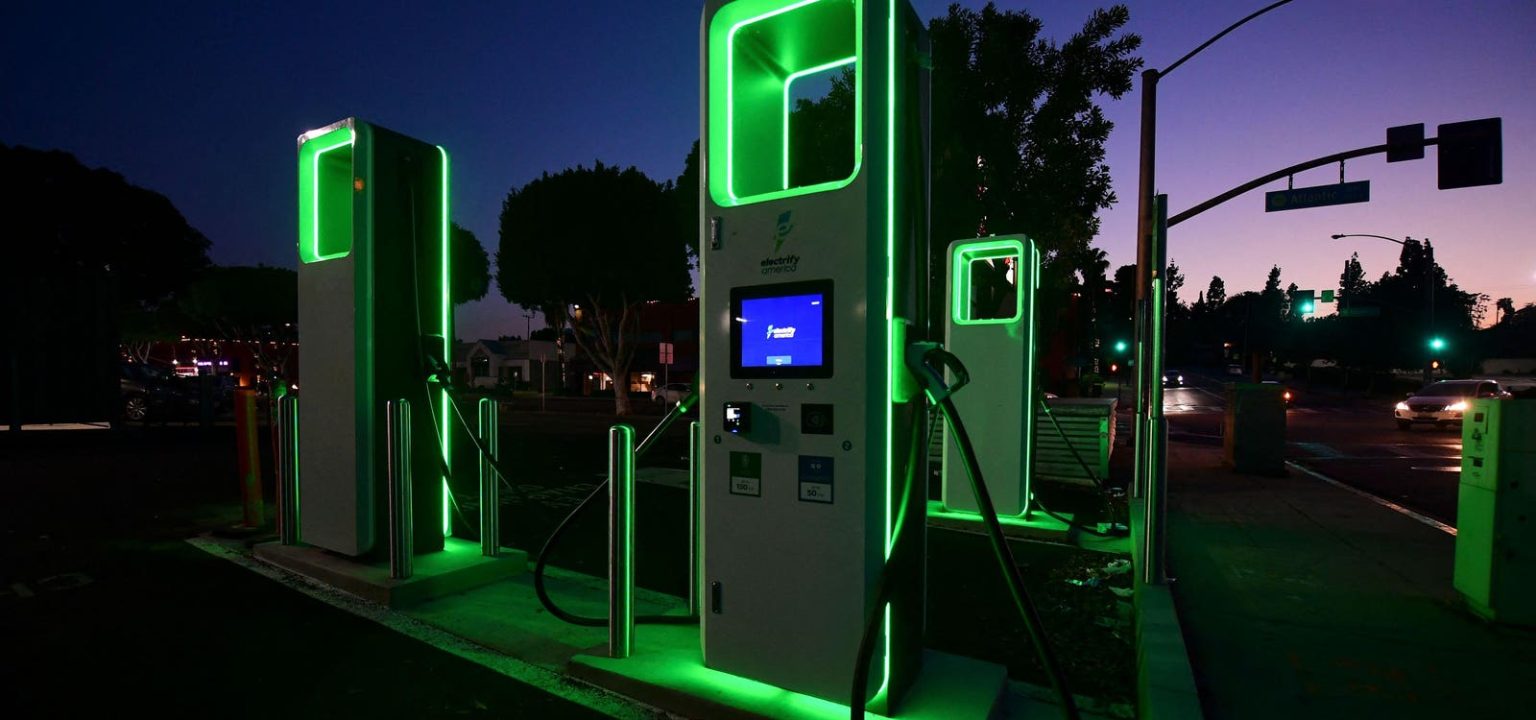The world is heading toward irreversible effects of climate change—and we’re not on track to stop it.
The international community agrees that the world’s average temperature should not exceed 1.5 degrees Celsius, 2.7 degrees Fahrenheit, of preindustrial temperatures to prevent such irreversible damage. Unfortunately, global warming is more likely to reach 1.5°C even under the very low green-house-gas emission scenario, and has a high chance of exceeding 1.5°C under higher emissions scenarios, according to the Intergovernmental Panel on Climate Change (IPCC) 6th Synthesis Report. In other words, we’re running out of time if change doesn’t happen now.
We Need A Sustainable Path To Net Zero
As we rush to reduce emissions, decarbonizing the power sector is an urgent need—electrifying everything from industrial production and heating to vehicles and household appliances. We must nearly double the electricity available for datacenters by 2030[i] as our economy becomes more automated and artificial intelligence applications increase.
Further, our quest to re-shore critical manufacturing, such as semiconductor production, will require significant power increases. A semiconductor manufacturing plant, or fab, can consume as much power as a small city, and two semiconductor facilities planned for New York could use more power than six percent of the state’s electricity usage in 2021.[ii]
Production is not the only challenge; however, as we also need to modernize the surrounding infrastructure. For example, we need a half million EV battery chargers linked to the grid to electrify vehicle transportation. To meet increasing demand for electric power, the Department of Energy projects that the U.S. power grid could nearly double in capacity from 2022 to 2050.[iii] How, then, will the U.S. meet this demand and the Biden Administration’s goal of a carbon-free U.S. electricity sector by 2035?
New Advancements In Nuclear Energy Provide A Potential Solution
Currently, at 20 percent, nuclear energy provides more clean energy to the U.S. electric grid than any other energy source. It is an important and proven option that could deliver clean electricity that meets our need. With a combination of clean and firm power, small footprint, low transmission buildout and local economic benefits, nuclear energy has a high value proposition for decarbonizing the grid.
For decades, the Department of Energy invested billions of dollars to develop the advanced nuclear technologies we see today. These include large 1,000 MV reactors, small modular reactors (SMR) — factory-built-and-assembled plug and play modules used in several configurations with electricity outputs ranging from 50 MW to 300 MW—and micro-reactors with capacity in the 1 MW to 50 MW range, enough energy to light 800 to 40,000 homes.
Deployment of the first U.S. SMR is in the works. Six NuScale 77 MW modules will be deployed at Idaho National Laboratory. Dominion Energy
D
What’s Needed To Scale New Nuclear Energy Technologies?
· Costs must come down. Scaling deployment is expected to drive substantial cost reductions, through best practices in planning, build time reduction, modularization, standardization, and more. To help flatten the learning curve, we must leverage the lessons learned from early deployments and apply them to future projects. The Department of Energy anticipates it’s possible to reduce costs by 40 percent.[v]
· Implement new financing models, such as cost-sharing consortia, sell or lease to end-users, government financial assistance or ownership, and aggressive exports to energy hungry countries. We also need new models for loans to stand up construction, manufacturing and the supply chain.
· Advance generation IV reactors. They are the most advanced nuclear technologies in the world and could be deployed within the decade. They are economically competitive, safe and produce minimal waste.[vi]Yet, most require high-assay low-enriched uranium (HALEU) and the current supply chain is only in Russia. We need a domestic supply and to boost fabrication capacity.
· Train the next generation. Universities and technical schools must train about 375,000 more technical and non-technical workers for the nuclear industry. The pay is higher and can help reduce the economic impact on workers and coal communities during the transition to clean energy.[vii]
· Increase the pace of licensing. The Nuclear Regulatory Commission must work quickly to increase the licensing pace from the equivalent of about half a GW to 13 GW per year with predictable licensing timelines. Investors and other stakeholders have highlighted 2–3 years as a key factor for enabling deployment at scale.[viii]
Beyond Clean Energy, It’s A Global Competitiveness Issue
China is racing to capture global dominance in nuclear technology, including deploying the world’s first SMR. For the U.S., it may be a heavy lift, but we must step up deployment because the benefits would be enormous. Besides meeting our nation’s climate change and clean energy goals, investing in this industry could result in U.S. global leadership in advanced nuclear technology, new markets for U.S. exports and hundreds of thousands of high-paying U.S. jobs.
As John Wagner, Director of the Idaho National Laboratory notes, “For the good of our nation and the world, the United States can and must lead on nuclear energy research and development so that future generations inherit a place that is prosperous, clean, safe, resilient and secure. Ensuring that civilian nuclear energy infrastructure is developed and built here is crucial to powering America’s economy, producing clean energy and strengthening our national security.” The time to invest in nuclear technology is now. We must make it a priority before it’s too late.
[i] Investing in the rising data center economy, McKinsey & Company, January 17, 2023.
[ii] Surge in chip fabs could make renewable energy targets harder to reach, Times Union, January 15, 2023,
[iii] U.S. electric capacity mix shifts from fossil fuels to renewables in AEO2023, Today in Energy, Energy Information Administration, U.S. Department of Energy April 13, 2023.
[iv] Vogtle Unit 3 goes into operation, Georgia Power, July 13, 2023.
[v] Presentation, Pathways to Commercial Liftoff: Advanced Nuclear, U.S. Department of Energy, April 2023, https://liftoff.energy.gov/wp-content/uploads/2023/05/20230428-Advanced-Nuclear-Pathways-to-Commercial-Liftoff-Webinar-vF_web.pdf
[vi] Powering the Future, Generation IV Nuclear Technology, Idaho National Laboratory.
[vii] Pathways to Commercial Liftoff: Advanced Nuclear, U.S. Department of Energy, March 2023.
[viii] Pathways to Commercial Liftoff: Advanced Nuclear, U.S. Department of Energy, March 2023.
Read the full article here





